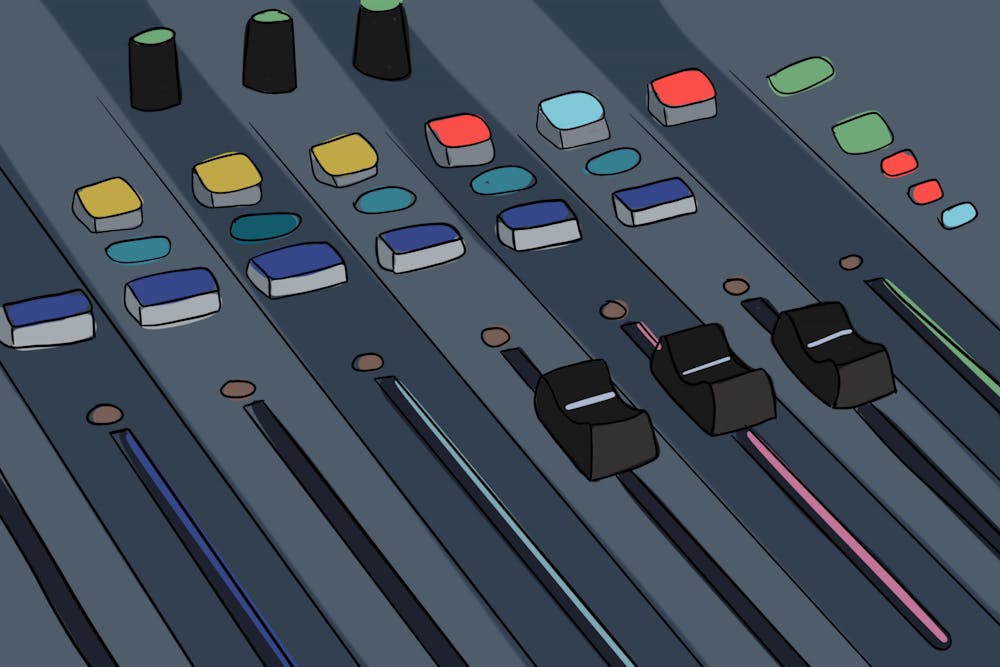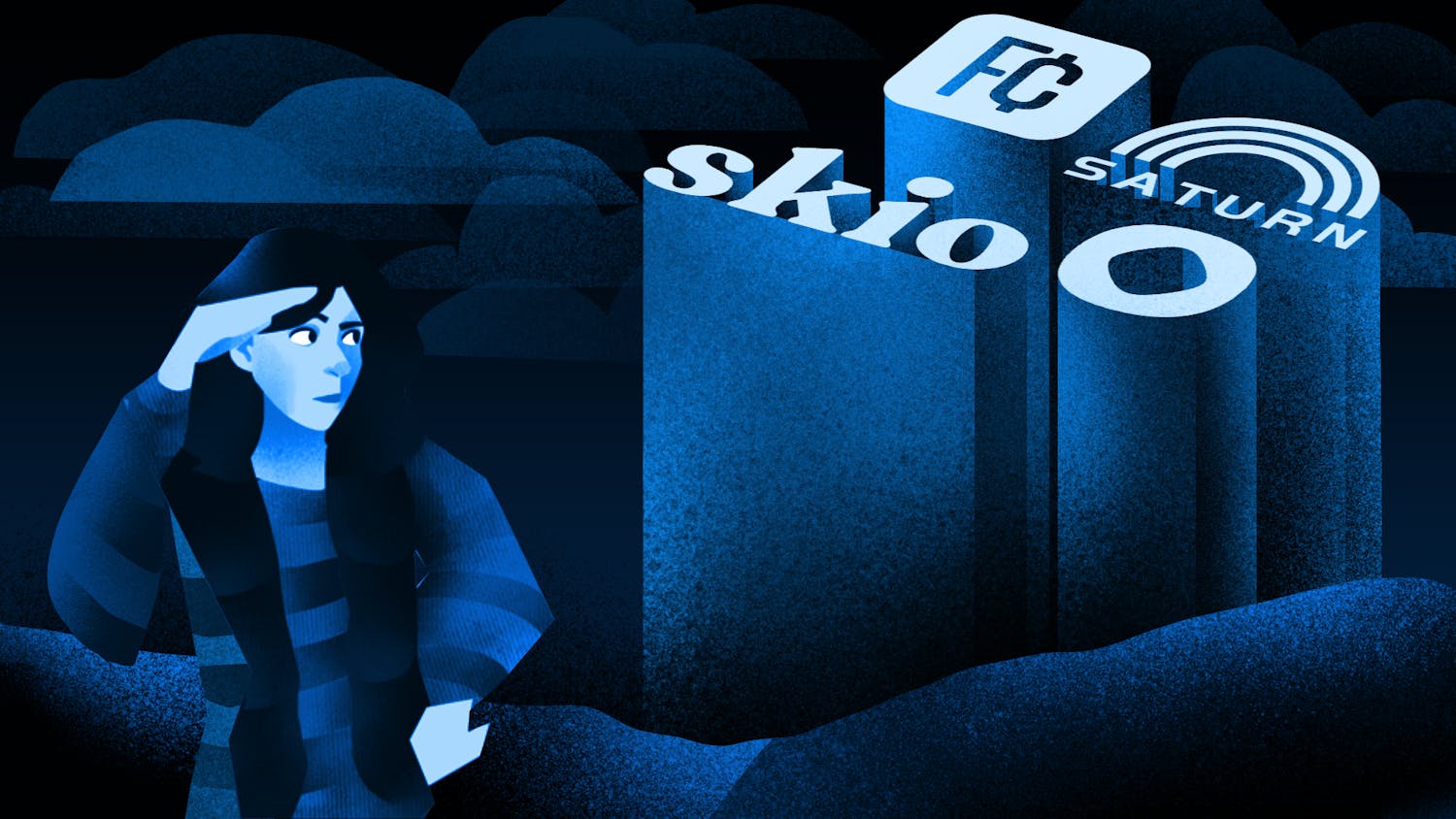Creator of the Star Wars franchise George Lucas once said that “the sound and music are 50% of the entertainment in a movie.” Films have been paired with musical performance since the beginning of cinema, where silent films were screened alongside musical performances in the form of orchestras or pianos. The sound of a film is essential for complementing the visual elements; sound can convey information, themes, or emotions and moods to the viewer.
In contemporary film, most movies have scores that play throughout the entire film. The music upholds the pace of the film in dialogue–driven scenes, and can mark emotional or climactic scenes of the film with drastically changing the tempo and rhythms. Composers like Hans Zimmer and Ludwig Göransson have become world–famous for composing orchestral scores that influence the tone and moods of iconic films. However, some of the most notable sounds in film and entertainment come from the most unexpected places.
This is the responsibility of sound designers. Sound designers are responsible for creating some of the most innovative and fantastical sounds on the screen. Sound design is used in all aspects of production within entertainment, such as television, feature films, and even gaming. These iconic sounds—such as the roars of fantastical creatures like dragons or dinosaurs—resonate with millions despite knowing how the sounds are truly crafted. To bridge this gap of knowledge separating us from the world of sound design, allow me to introduce my new favorite podcast: Twenty Thousand Hertz.
Twenty Thousand Hertz, a member of the TED Network of Podcasts, is a skillfully crafted podcast that reveals the stories behind some of the most recognizable sounds in entertainment. The podcast currently has over 110 episodes, exploring sounds ranging from Darth Vader’s iconic breathing to the Seinfeld intro music. It is hosted by Dallas Taylor, a sound designer and creative director of Defacto Sound who has led several high–profile projects including blockbuster trailers and advertising campaigns for major television series.
I began listening to Twenty Thousand Hertz after it was recommended to me in early October, and the program has remained a regular part of my rotation since.The first episode I listened to was the 100th episode, “Ta-dum! It’s Netflix." It discusses Netflix’s signature introduction sound that is heard by millions every single day worldwide. Dallas Taylor talks with Netflix executives and several sound designers to hear the never–before told story of the creation of “Ta-dum”—and how the familiar intro was almost a series of goat noises instead.
Another revelatory episode—and my personal favorite of the podcast—is Episode 105: “Tyrannosaurus FX,” where Dallas Taylor talks with Al Nelson, the sound designer who worked on audio effects for Jurassic World (2015). The prehistoric roars of the dinosaurs in the Jurassic Park franchise have become some of the most recognizable sounds in modern pop culture, especially the terrifying roar of the Tyrannosaurus Rex. Viewers of the films might be shocked to learn that the central component to the colossal roar is the roar of a baby elephant. Taylor also speaks with paleontologists to discover how accurate these sounds are, a segment that truly highlights how entertainment can shape our interpretations of the world.
The production quality of Twenty Thousand Hertz is as glorious as the sounds it dissects on the show. With an average production time of 250 hours, each episode features seamless editing that perfectly complements the narrative. Dallas Taylor creates an intimate atmosphere for the listener; when a guest speaker talks about the components used for a specific sound, Taylor includes each component to showcase the individual units that eventually become the finished and trademarked effect. This allows the viewer to comprehend the sounds they hear, and invites them to hear sound from a new perspective where craft is at the forefront. Additionally, Taylor continuously switches the beats and music used throughout the episodes in a way that keeps the audio fresh for listeners throughout their experience. “Tyrannosaurus FX” is the debut episode of the podcast’s fall season, which is positioned to be its most ambitious yet.
There is a difference between listening to something and actually comprehending it. As a respected voice in sound design, Dallas Taylor recognizes this difference—a recognition that fuels the high–quality production behind each episode of Twenty Thousand Hertz. Maybe some of these stories can be found by researching on Google, but Twenty Thousand Hertz presents the stories of iconic sound designs in a creative way that keeps listeners wanting more. Give it a listen—you might find that the journey to create pop culture's greatest sounds is more interesting than the finished product.







